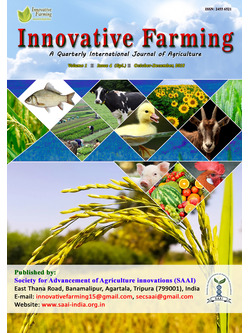
Shade Management in Beverage Crops
Pranay Kumar*
Dept. of Spices and Plantation Crops, Faculty of Horticulture, Bidhan Chandra Krishi Vishwavidyalaya, Mohanpur, West Bengal, INDIA
DOI: NIL
Keywords: Beverage crops, Management, Shade, Regulations
Abstract
Shade trees reduce the stress of beverage crops such as tea (Camellia sinensis L. Kuntze), coffee (Coffea arabica L.), cocoa (Theobroma cacao L.) etc. by ameliorating adverse climatic conditions and nutritional imbalances, but they may also compete for growth resources. For example, shade trees buffer high and low temperature extremes by as much as 5°C. Shade tree selection and management are potentially important tools for integrated pest management because increased shade may increase the incidence of some commercially important pests and diseases (such as Phythphora palmivora and Mycenaci tricolora) and decrease the incidence of others (such as Colletotrichum gloeosporioides and Cercospora coffeicola). The relative importance and overall effect of the different interactions between shade trees and beverage crops are dependent upon site conditions (soil/climate), component selection (species/varieties/provenances), belowground and aboveground characteristics of the trees and crops, and management practices.
Downloads
not found
